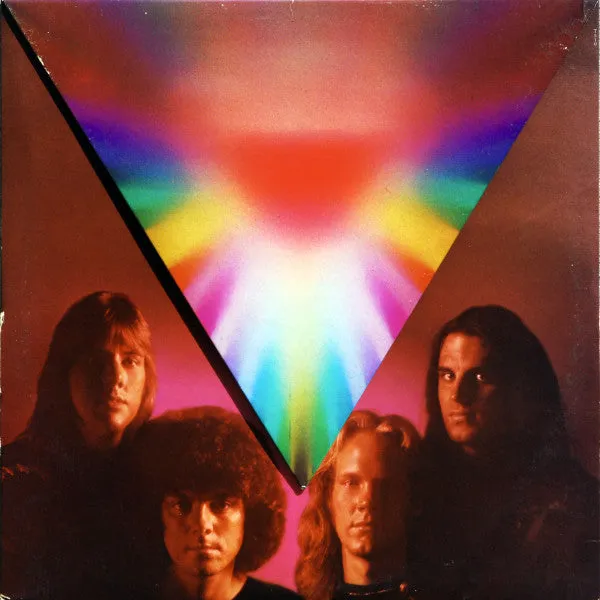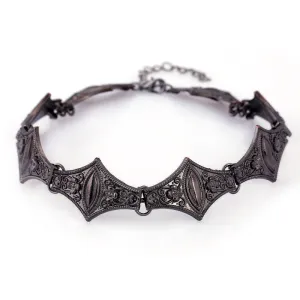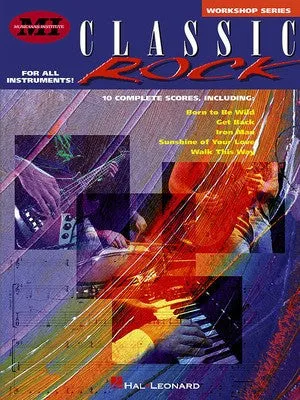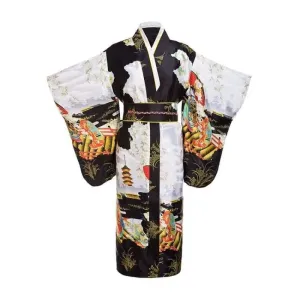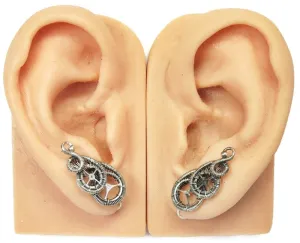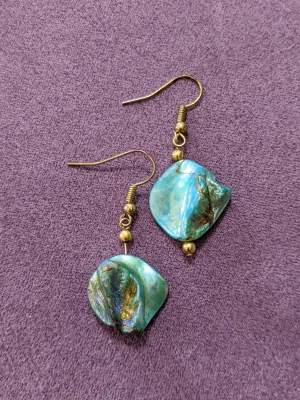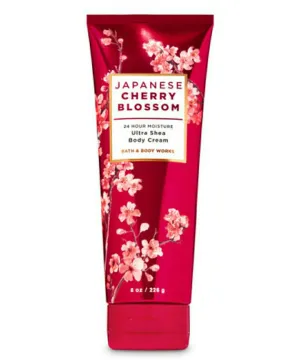Alan Parsons produced this album, and at its best, it is truly a Demo Disc -- if you have the system to play it.
This album needs lots of space and a big, wide, open soundstage if it’s going to work, and the better sides deliver that sound. It’s a rare copy that manages to have real presence and top end without getting too edgy; on the good ones, the bass is big, solid and punchy and the energy is superb.
This vintage 20th Century pressing has the kind of Tubey Magical Midrange that modern records can barely BEGIN to reproduce. Folks, that sound is gone and it sure isn't showing signs of coming back. If you love hearing INTO a recording, actually being able to "see" the performers, and feeling as if you are sitting in the studio with the band, this is the record for you. It's what vintage all analog recordings are known for -- this sound.
If you exclusively play modern repressings of vintage recordings, I can say without fear of contradiction that you have never heard this kind of sound on vinyl. Old records have it -- not often, and certainly not always -- but maybe one out of a hundred new records do, and those are some pretty long odds.
What The Best Sides Of Somewhere I've Never Travelled Have To Offer Is Not Hard To Hear
- The biggest, most immediate staging in the largest acoustic space
- The most Tubey Magic, without which you have almost nothing. CDs give you clean and clear. Only the best vintage vinyl pressings offer the kind of Tubey Magic that was on the tapes in
- Tight, note-like, rich, full-bodied bass, with the correct amount of weight down low
- Natural tonality in the midrange -- with all the instruments having the correct timbre
- Transparency and resolution, critical to hearing into the three-dimensional studio space
No doubt there's more but we hope that should do for now. Playing the record is the only way to hear all of the qualities we discuss above, and playing the best pressings against a pile of other copies under rigorously controlled conditions is the only way to find a pressing that sounds as good as this one does.
Alan Parsons
There is no question that this band, their producers, and their engineers sweated every detail of this remarkable recording. They went the distance. They brought in Alan Parsons to produce and engineer it. The result is an album that stands tall. It’s not prog. It’s not pop. It’s not rock. It’s Ambrosia -- the food of the gods.
This is some of the best high-production-value rock music of the 60s and 70s. The amount of effort that went into the recording of this album is comparable to that expended by the engineers and producers of bands like Supertramp, The Who, Jethro Tull, Yes, Pink Floyd and far too many others to list. It seems that no effort or cost was spared in making the home listening experience as compelling as the recording technology of the day permitted.
Big Production Proggy Art Rock just doesn’t get much better than Somewhere I’ve Never Travelled.
What We're Listening For on Somewhere I've Never Travelled
- Energy for starters. What could be more important than the life of the music?
- Then: presence and immediacy. The vocals aren't "back there" somewhere, lost in the mix. They're front and center where any recording engineer worth his salt would put them.
- The Big Sound comes next -- wall to wall, lots of depth, huge space, three-dimensionality, all that sort of thing.
- Then transient information -- fast, clear, sharp attacks, not the smear and thickness so common to these LPs.
- Tight punchy bass -- which ties in with good transient information, also the issue of frequency extension further down.
- Next: transparency -- the quality that allows you to hear deep into the soundfield, showing you the space and air around all the instruments.
- Extend the top and bottom and voila, you have The Real Thing -- an honest to goodness Hot Stamper.
Hearing Is Believing
The only way to understand this Hot Stamper thing is to hear it for yourself, and that means having multiple copies of your favorite albums, cleaning them all up and shooting them all out on a good stereo. Nobody, but nobody, who takes the time to perform that little exercise can fail to hear exactly what we are all about.
Or you can join the other 99% of the audiophiles in the world, the ones who don’t know just how dramatic pressing variations for records and CDs can truly be. Some very large percentage of that group also doesn’t want to know about any such pressing variations and will happily supply you with all sorts of specious reasoning as to why such variations can’t really amount to much -- this without ever doing a single shootout!
Such is the world of audiophiles. Some audiophiles believe in anything -- you know the kind -- and some audiophiles believe in nothing, not even their own two ears.
Stumbling Upon the Truth
Around 2007 I stumbled upon the Hot Stampers for this record -- purely by accident of course, there’s almost no other way to do it -- and was shocked -- shocked -- to actually hear INTO the soundfield of the recording for the first time in my life, this after having played copy after frustratingly opaque copy for roughly thirty years.
Yes, the stereo got better and that helped a lot. Everything else we talk about helped too. But ultimately it came down to this: I had to find the right copy of the record. Without the right record it doesn’t matter how good your stereo is, you still won’t have good sound. Either the playback source has it or it doesn’t. It’s not what’s on the master tape that matters; it’s what’s on the record.
Vinyl Condition
Mint Minus Minus and maybe a bit better is about as quiet as any vintage pressing will play, and since only the right vintage pressings have any hope of sounding good on this album, that will most often be the playing condition of the copies we sell. (The copies that are even a bit noisier get listed on the site are seriously reduced prices or traded back in to the local record stores we shop at.)
Those of you looking for quiet vinyl will have to settle for the sound of other pressings and Heavy Vinyl reissues, purchased elsewhere of course as we have no interest in selling records that don't have the vintage analog magic of these wonderful recordings.
If you want to make the trade-off between bad sound and quiet surfaces with whatever Heavy Vinyl pressing might be available, well, that's certainly your prerogative, but we can't imagine losing what's good about this music -- the size, the energy, the presence, the clarity, the weight -- just to hear it with less background noise.

